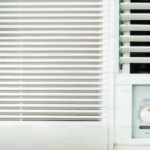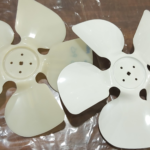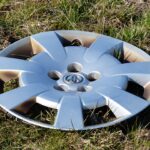POLYMER COMPOUNDS
1. Polycarbonate Compounds:
Polycarbonate provides high-temperature stability, chemical resistance combined with high impact strength even at low temperatures as well as high dimension stability.
- Polycarbonate compounds are available in different modified and colored grades.
- Flame retardant grades are available as per customer requirement.
- The strength and dimensional stability of polycarbonates are further enhanced with fibrous glass reinforcement. As per customer requirement, RIFD can supply tailor made glass filled compounds from 10 to 40% reinforcement.
UV stabilized compounds suitable for long term indoor weathering conditions with good UV light stability.
2. ABS Compounds:
- ABS compounds are available in different modified and colored grades.
- Flame retardant ABS compounds are available at various flame ratings.
- Glass-reinforced ABS has improved properties over the non-reinforced resin. This advantage opens a wide range of high-performance opportunities, particularly in applications requiring high strength, rigidity and dimensional stability. As per customer requirement, RIFD can supply tailor made glass filled compounds from 10 to 40% reinforcement.
Images:
3. PC/ABS Blends:
PC/ABS is an engineering thermoplastic which is blend of polycarbonate and Acrylonitrile Butadiene Styrene. So this material carries mix properties of these 2 polymers like PC imparts toughness at the same time with better processability due to ABS.
This blend gives advantage of one material over other like, blend get higher HDT (heat deflection Temperature) over ABS and better low temperature impact over PC. So by blending PC and ABS, we achieve benefit of advantage from both materials.
This blend can further be customized as per customer requirement like,
- Grade for Injection molding process applications
- Grade for Extrusion process applications
- Flame retardant grades with different flame ratings.
- Tailor made color compounds.
- Glass filled compounds (10 to 40%) as per application requirements.
Images:
4. Nylon 6 compounds:
Nylon 6 is one of the most widely used semi crystalline engineering thermoplastics. Nylon 6 is a hard and tough material with better abrasion resistance properties. It has better surface appearance and good processability compared to nylon 6/6. This material is hygroscopic and tends to absorb moisture. Moisture can create surface defects and plasticizing effect, so it is recommended to pre-dry this material at 80 deg for 4 hrs. before any downstream processing.
To improve its thermo-mechanical strength, nylon 6 is filled with glass fiber at various percentages based on customer requirement. Nylon 6 can be tailor made into flame retardant compounds and color compounds used for electrical and electronics applications.
Images:
5. Light diffuser grade:
RIFD provides a wide range of high-performance engineering thermoplastics materials for light diffusers used in LED providing with extended design flexibility sustainable light intensity and cost effective solutions vs metals.
Based on the customer requirement for various percentages of light transmission and diffusibility, RIFD provides multiple grades from polycarbonate and polystyrene for LED light and display panels applications.
Images:





